Frequently Asked Questions
1. What are the key features to look for in a quality pocket knife?
2. What materials are commonly used for pocket knife blades?
3. How important is the locking mechanism in a pocket knife?
4. What are some popular styles of pocket knives?
5. How can I maintain my pocket knife to ensure its longevity?
If you're a knife enthusiast or someone who simply appreciates having a reliable tool at hand, knowing how to spot a quality pocket knife is essential. Pocket knives are multifaceted tools that can serve a variety of purposes, from everyday carry to outdoor adventures. Understanding the features that make a pocket knife exceptional will help you make informed purchasing decisions. In this guide, we will explore the characteristics of high-quality pocket knives to ensure you choose the right one for your needs.
Understanding Pocket Knives
Before diving into the specifics, let's discuss what pocket knives are. These versatile tools are compact folding knives designed for convenient storage and portability. They can be used for a multitude of tasks, including cutting, slicing, and opening packages. Quality pocket knives are crafted with attention to detail, ensuring durability and performance over time.
Key Features of Quality Pocket Knives
To identify a quality pocket knife, several critical features should be evaluated. Here are the main aspects to consider:
Blade Material
The blade material is one of the most important factors in determining the quality of a pocket knife. Common materials include:
- Stainless Steel: Resistant to rust and corrosion, making it a good choice for everyday use.
- Carbon Steel: Known for excellent edge retention and ease of sharpening, but may require more maintenance to prevent rust.
- High Carbon Stainless Steel: Combines the benefits of both materials, offering durability while resisting corrosion.
When evaluating a knife, ensure the blade material not only feels solid but also meets your intended use, whether it's for outdoor activities or daily carry.
Blade Shape and Design
The shape and design of the blade can significantly impact its functionality. Some popular blade shapes include:
- Drop Point: Versatile and ideal for general use, with a strong tip.
- Tanto: Offers a robust tip and is excellent for puncturing.
- Spear Point: Features a symmetrical blade for piercing tasks.
When choosing a pocket knife, consider what tasks you'll mostly perform and select a blade shape that complements those needs.
Locking Mechanism
A reliable locking mechanism adds an extra layer of safety to your pocket knife. There are several types of locking mechanisms to keep the blade securely open during use:
- Liner Lock: A piece of steel inside the handle locks the blade in place.
- Frame Lock: The handle frame itself locks the blade, offering added strength.
- Back Lock: A spring-loaded bar that locks the blade, commonly found in traditional knives.
Ensure the locking mechanism operates smoothly and securely to prevent accidental closures during use.
Handle Material and Ergonomics
The handle's material and design play a crucial role in how comfortable and secure a pocket knife feels in your hand. Popular handle materials include:
- G10: A lightweight, durable composite material, often textured for a better grip.
- Micarta: Made from resin-soaked fabric, providing a robust grip and pleasing aesthetic.
- Wood: Offers a classic look and feel but may not be as weather-resistant as synthetic options.
When selecting a pocket knife, hold it in your hand to assess how it feels. A good ergonomic design is crucial for extended use.
Brand Reputation and Reviews
Another essential aspect of spotting a quality pocket knife is considering the manufacturer's reputation. Known brands typically warrant their products with a focus on quality. Consumer reviews and ratings can offer insights into the performance, durability, and overall satisfaction of a particular knife. Look for brands with a history of producing reliable knives and read customer experiences to guide your choice.
Price vs. Quality
While it's tempting to go for the cheapest option, the saying "you get what you pay for" often holds true in the world of pocket knives. Higher-quality materials, craftsmanship, and design often result in a higher price point. However, certain brands offer affordable yet high-quality options. It's essential to balance your budget with your needs, ensuring you receive a pocket knife that offers value for your investment.
Warranty and Customer Support
A reputable manufacturer will often provide a warranty on their pocket knives, which can indicate their confidence in the product. Understanding the warranty terms can help you determine the knife's expected lifespan and level of support should issues arise. Look for brands that stand behind their products, as this can be a significant factor in your purchasing decision.
Using Your Pocket Knife Safely
After selecting a quality pocket knife, understanding how to use it safely is paramount. Here are some essential safety tips to keep in mind:
- Always cut away from your body: This minimizes the risk of injury.
- Keep the blade sharp: A sharper blade requires less force and is less likely to slip.
- Be mindful of your surroundings: Ensure you have enough space to use the knife without obstacles nearby.
Practicing these safety measures can enhance your experience as you enjoy your pocket knife.
Maintaining Your Pocket Knife
Proper maintenance will extend the life of your pocket knife and ensure it performs optimally. Here are some basic maintenance tips:
- Regular Cleaning: Periodically clean the blade and handle to remove dirt and debris.
- Oil the Pivot Point: A few drops of oil will keep the blade operating smoothly.
- Sharpening: Regularly sharpen your knife to maintain its cutting edge.
Taking these simple steps will keep your pocket knife in excellent condition, ready for use whenever you need it.
Exploring Various Pocket Knife Styles
Now that you understand how to identify a quality pocket knife, it's vital to explore the different styles available. Here are some popular types of pocket knives:
- Folding Knives: The most common style, offering versatility and ease of carrying.
- Multi-tools: Pocket knives that include various tools, such as screwdrivers and pliers, in addition to the knife blade.
- Automatic Knives: Blades that deploy with the push of a button, known for their quick access.
Choosing the right style will depend on your personal preferences and intended use, so consider your needs as you narrow down your options.
A Journey into Pocket Knife History
Understanding a product's history can enrich your appreciation for it. Pocket knives date back centuries, originally designed as tools for tasks in everyday living. As time progressed, they evolved into essential gear for outdoorsmen, enthusiasts, and everyday users alike. Knowing the development and craftsmanship behind pocket knives can enhance your connection to the tool, elevating its value in your life.
Let the Adventure Begin!
In summary, knowing how to spot a quality pocket knife can significantly enhance your experience, whether you’re an avid outdoorsman or someone who appreciates practical tools. From blade material and ergonomics to locking mechanisms and maintenance, each aspect plays a vital role in the overall quality of the knife you choose. Keep these considerations in mind during your search, and you’re sure to find the perfect pocket knife that will serve you loyally for years to come! Happy hunting!






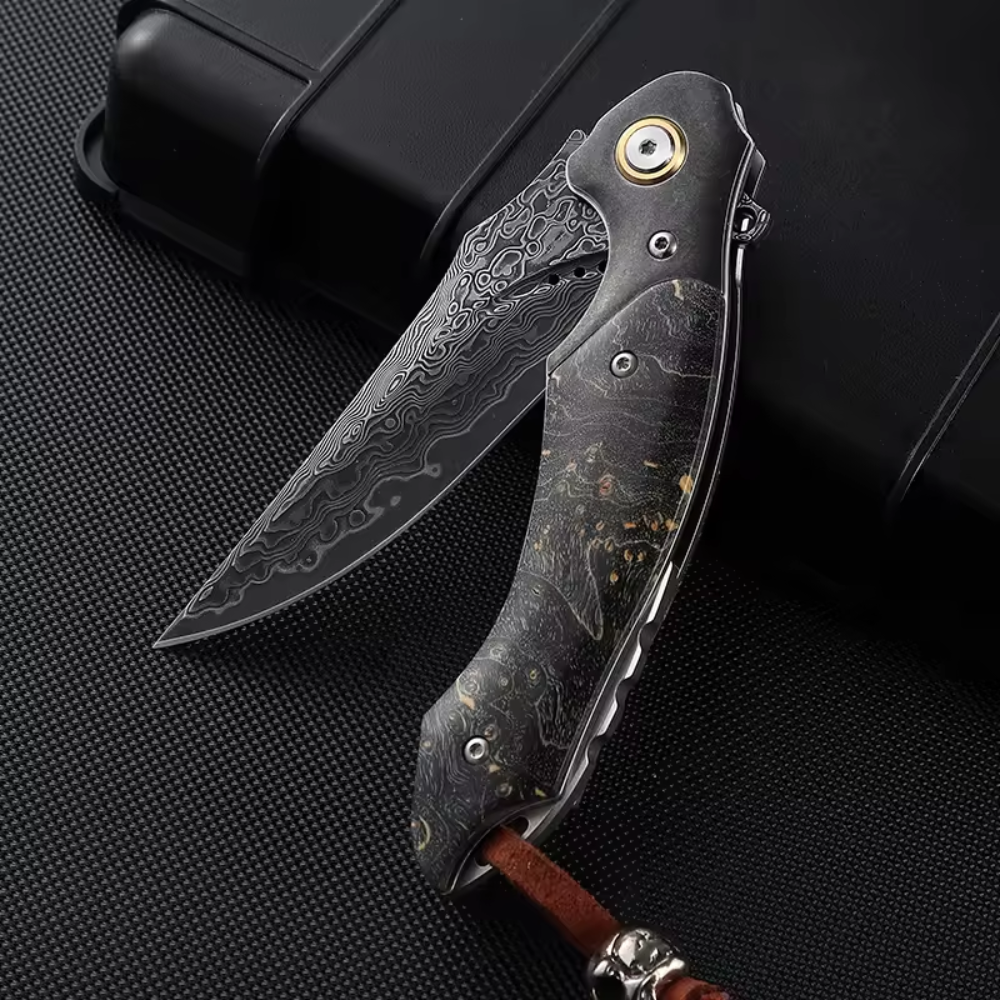
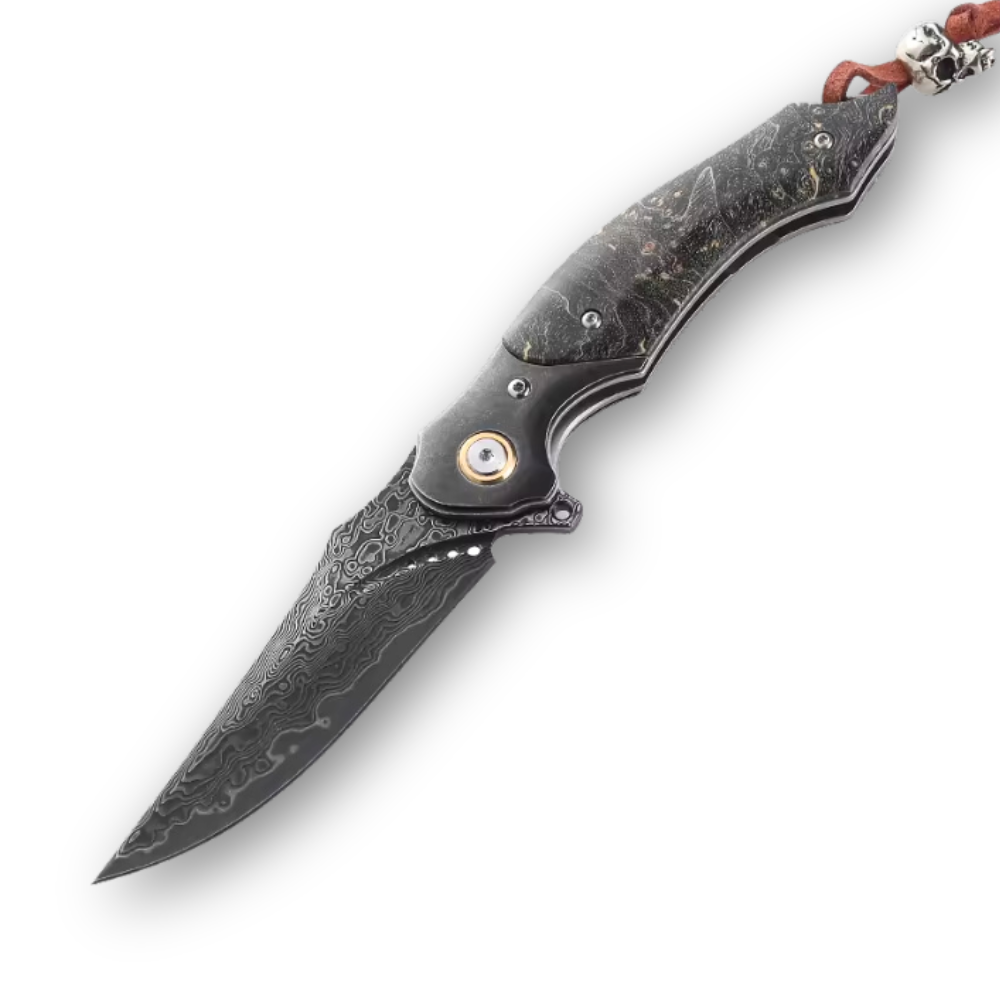
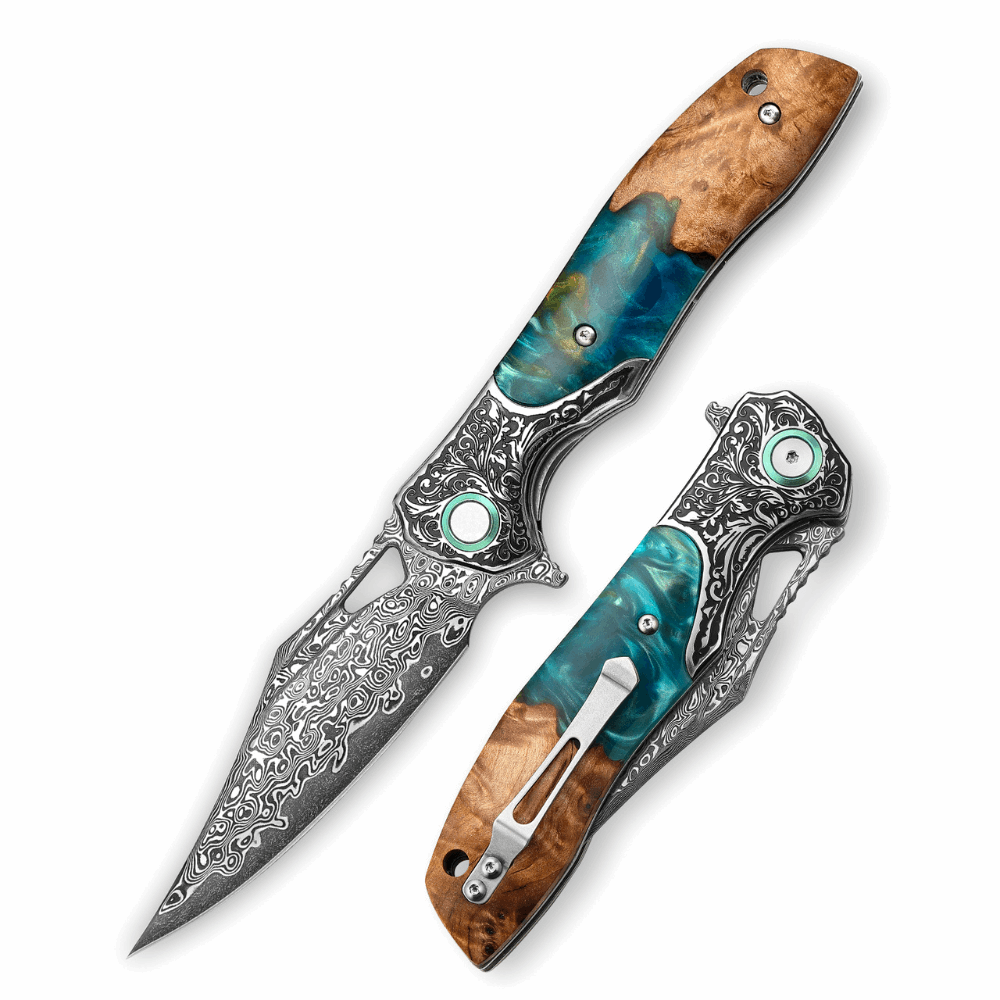
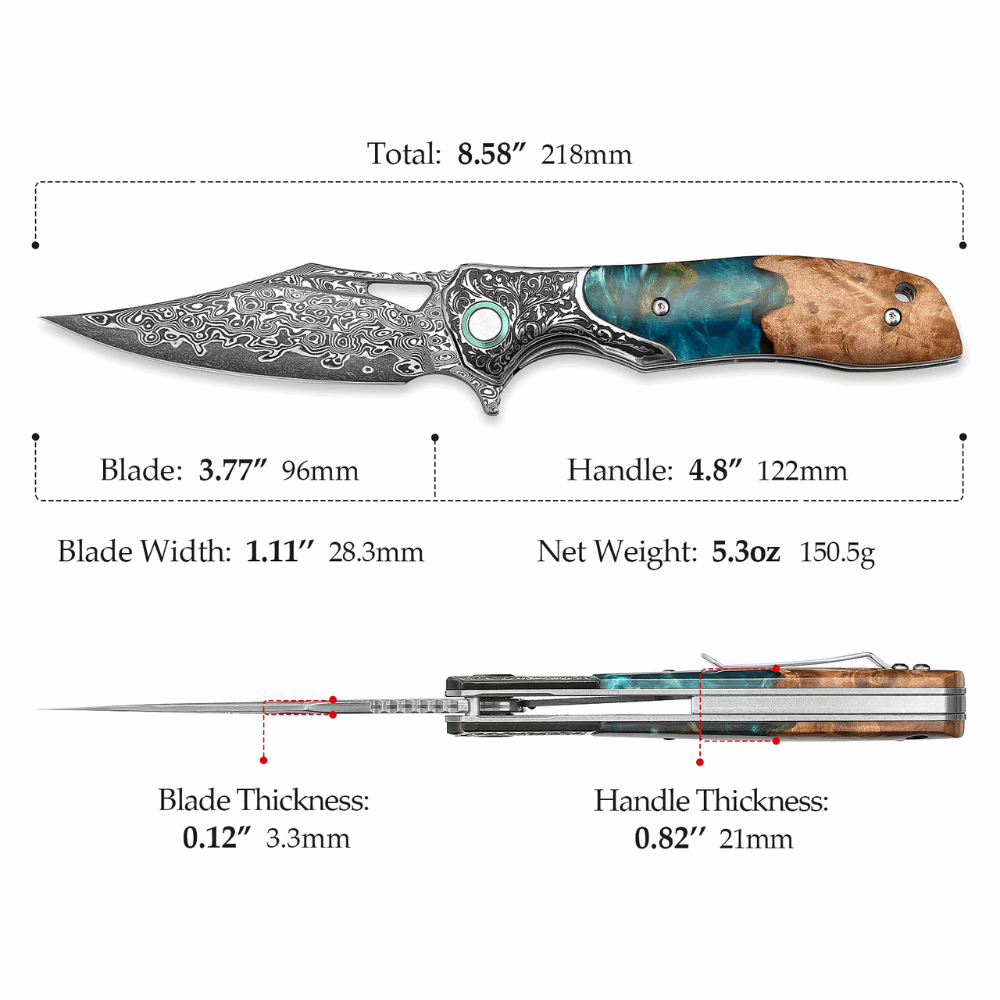
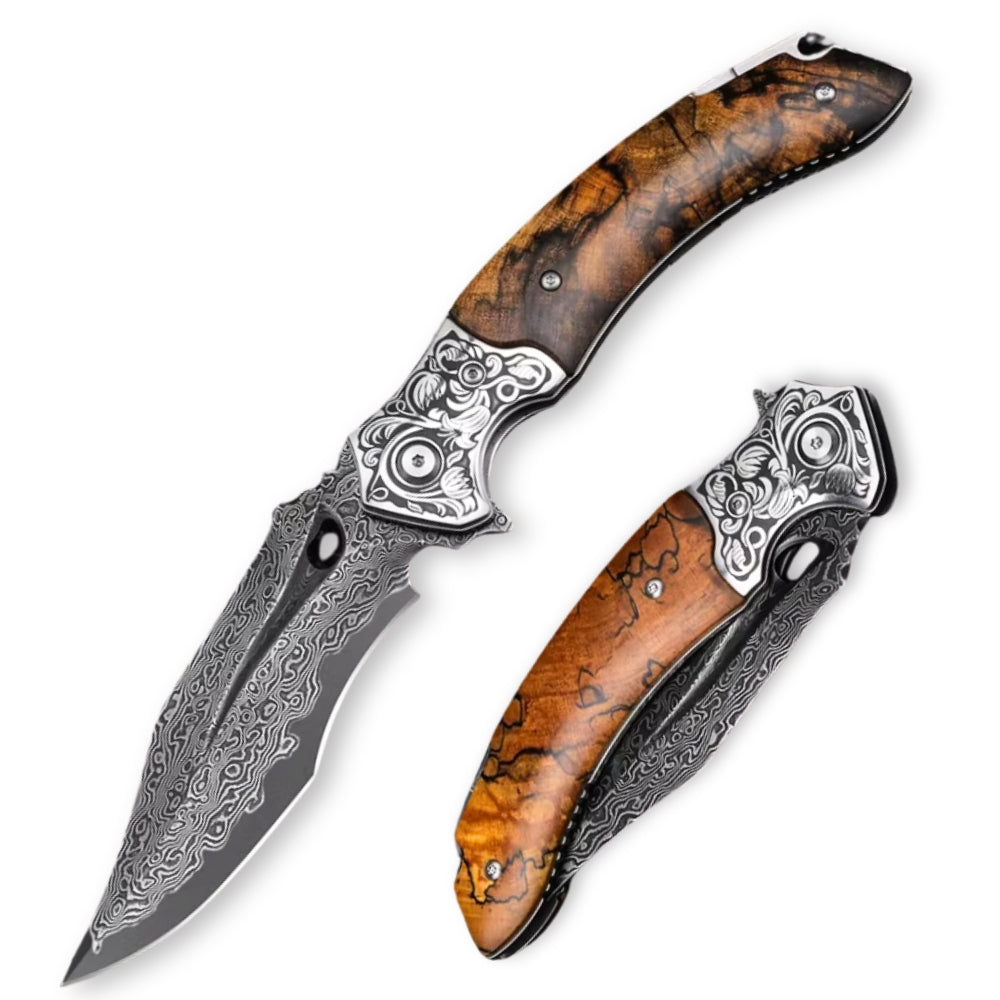
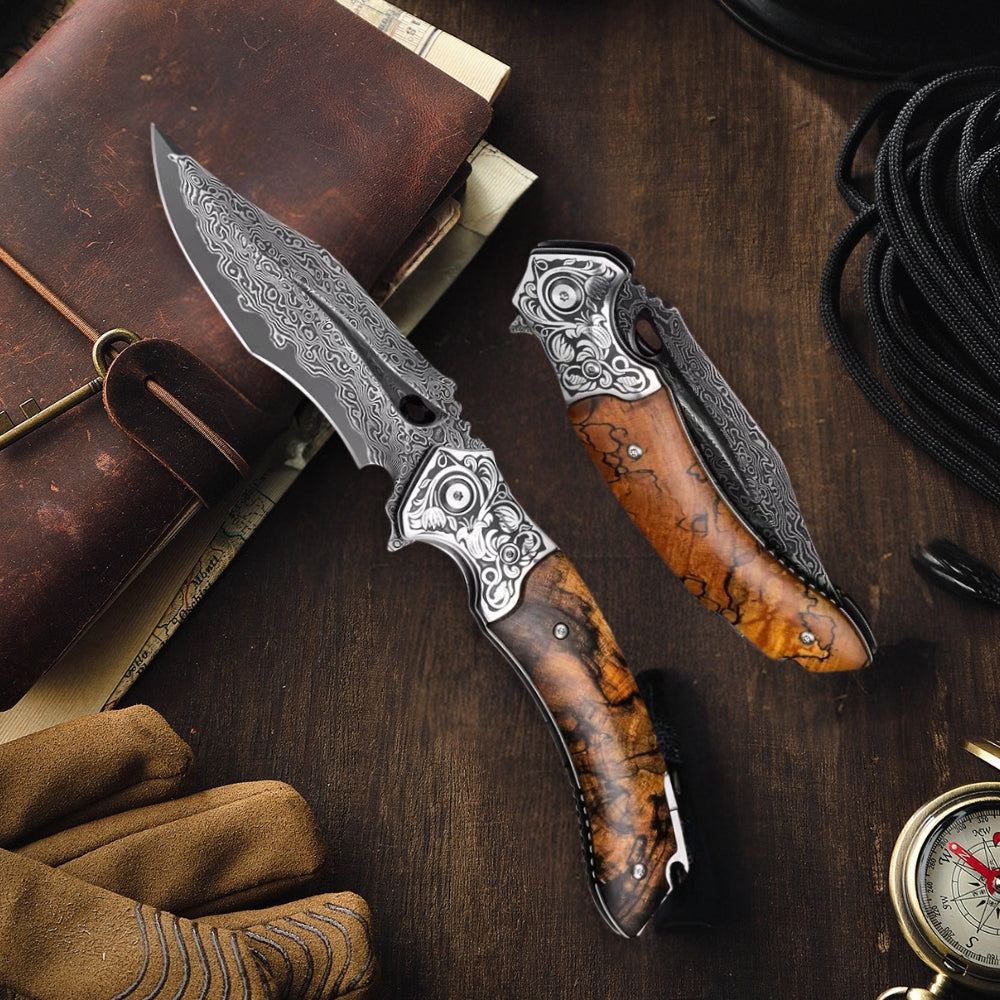
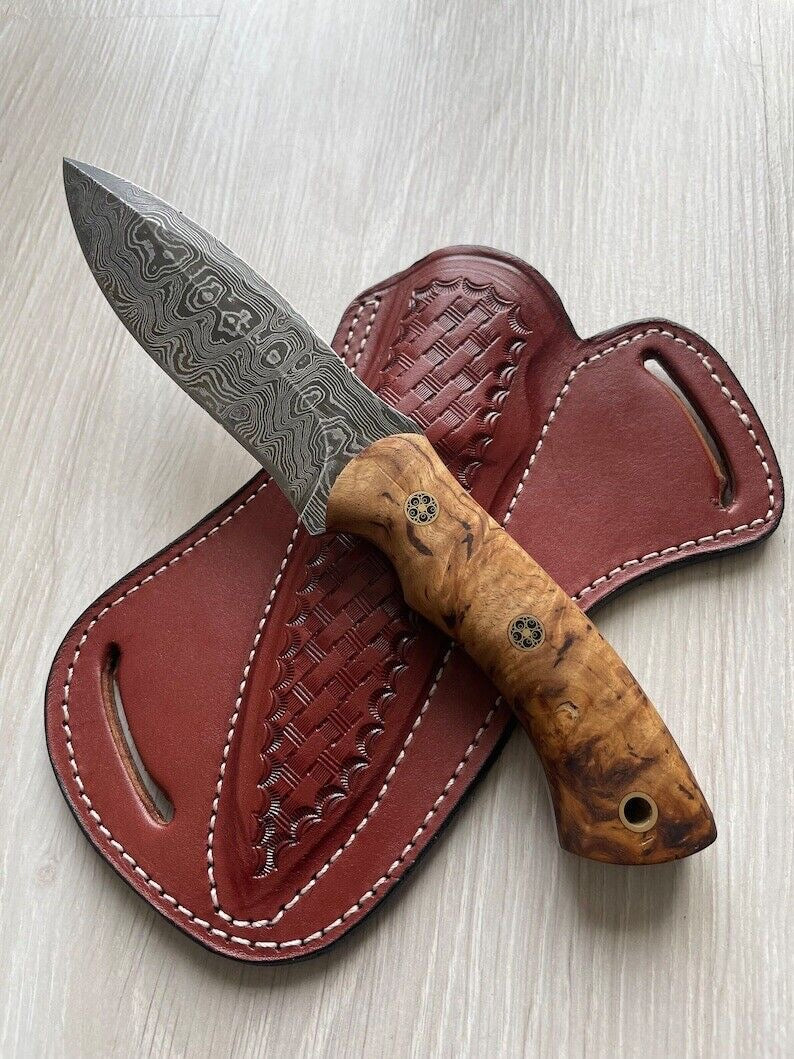
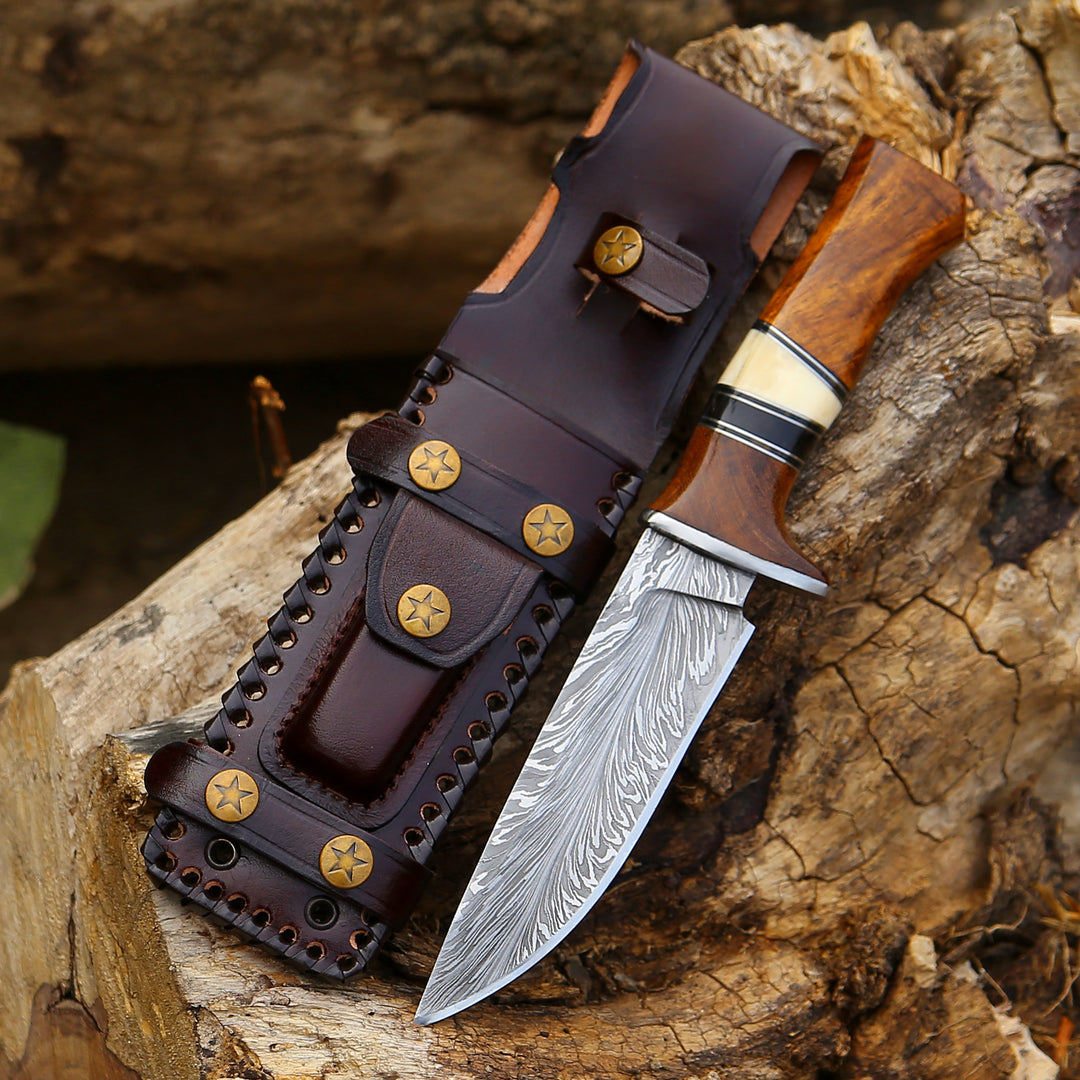
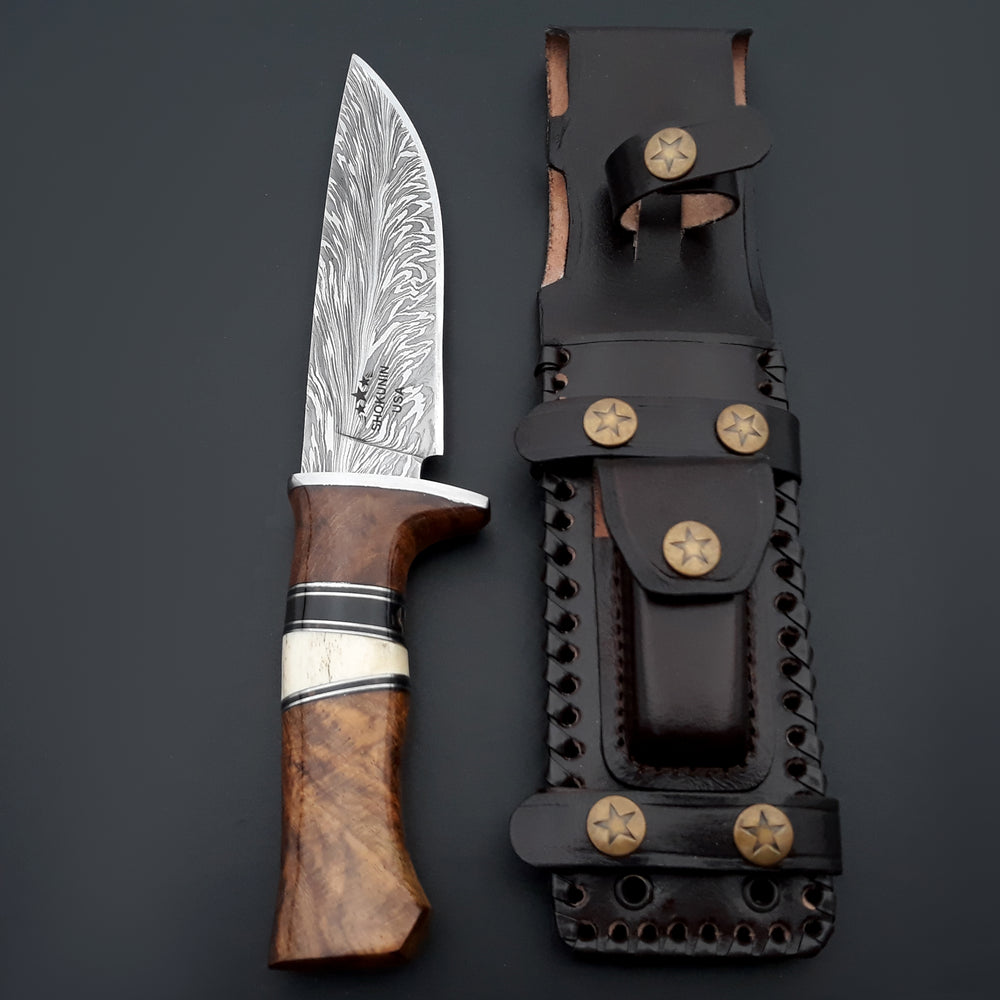
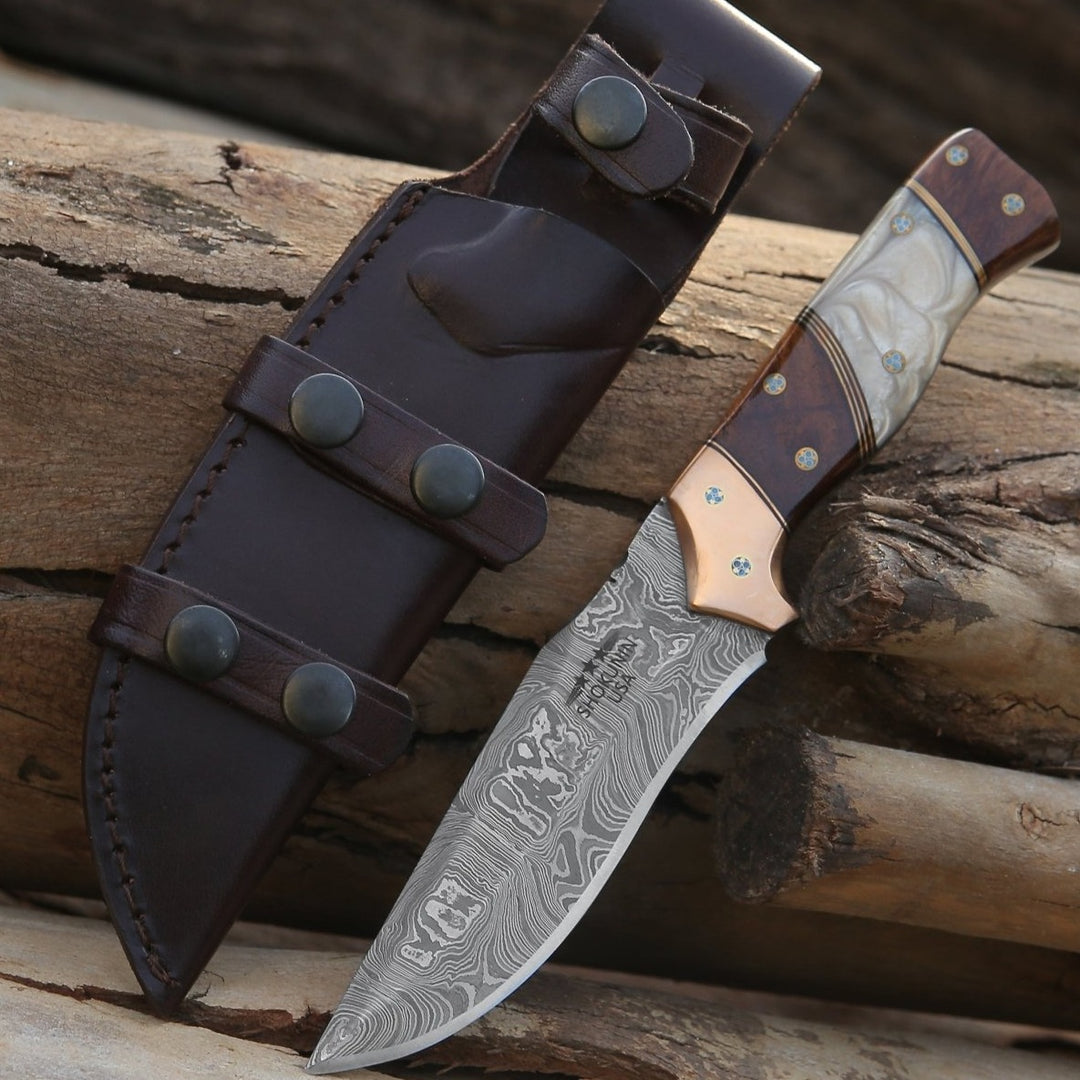
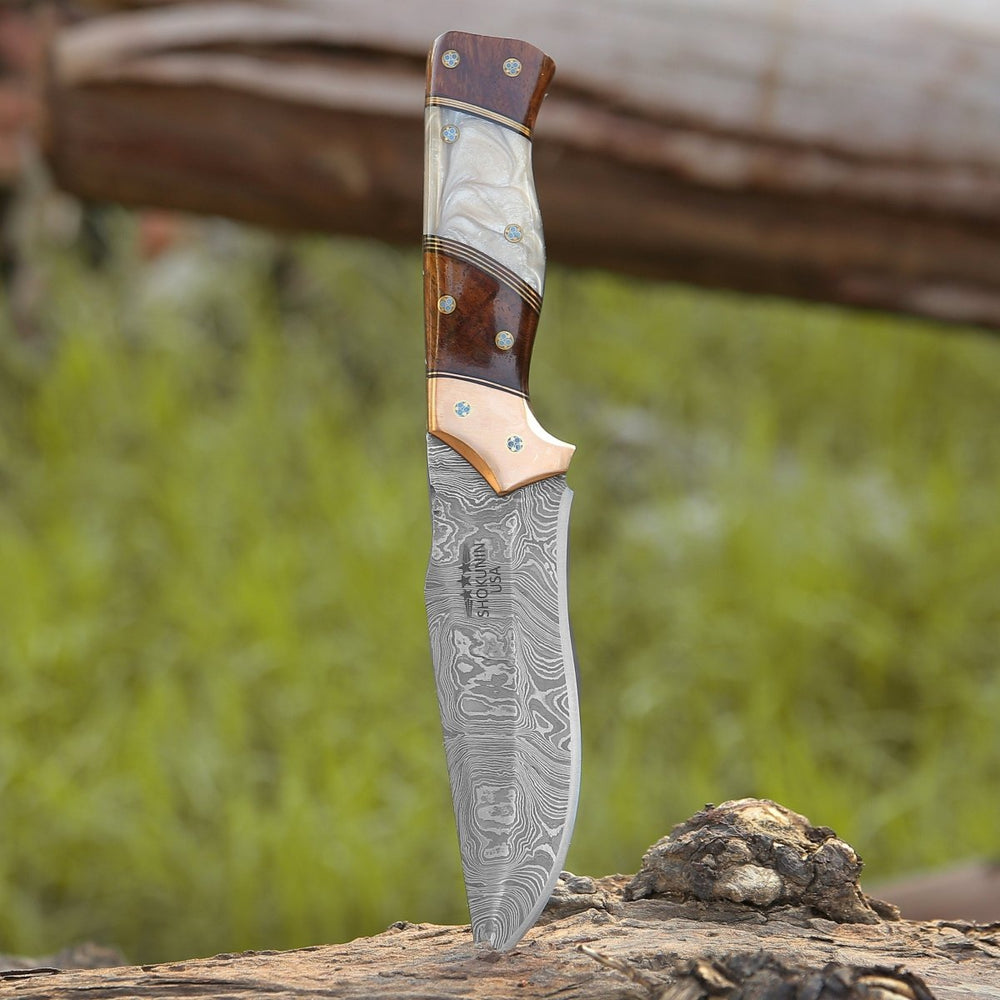
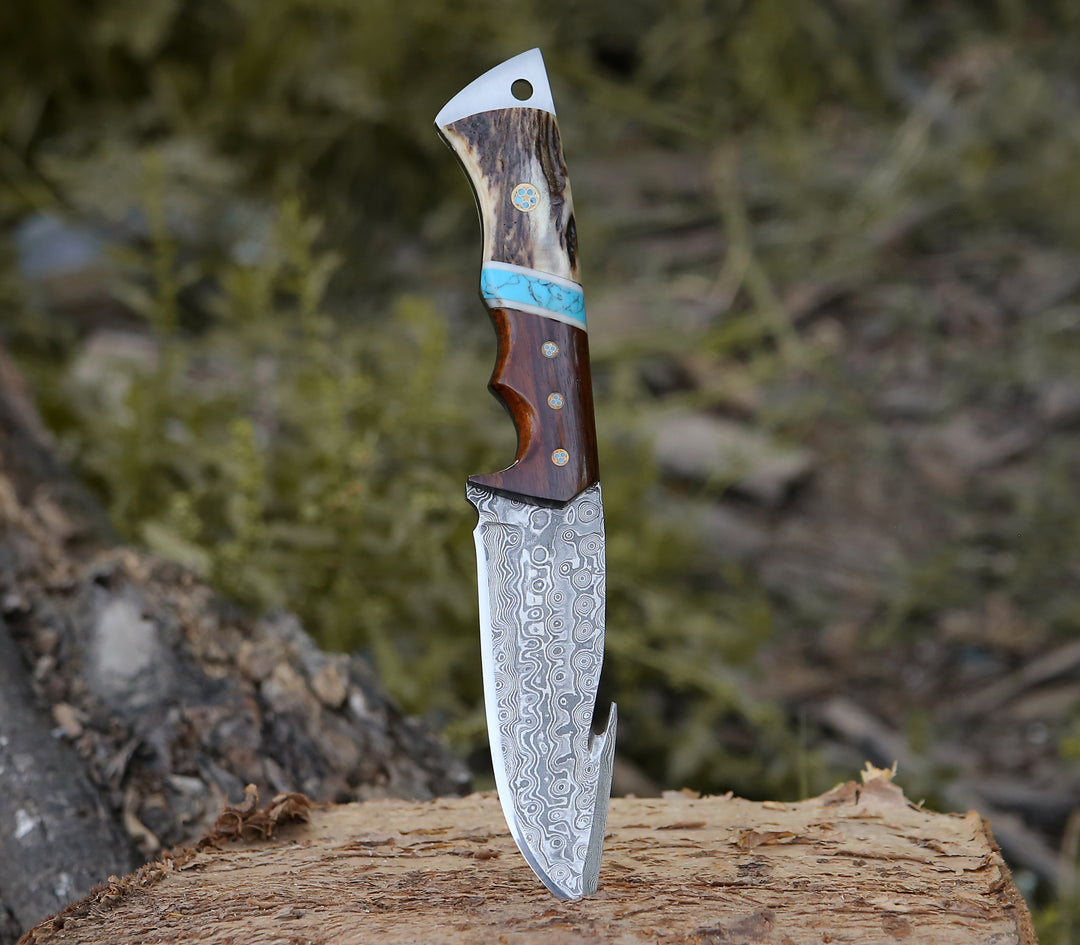
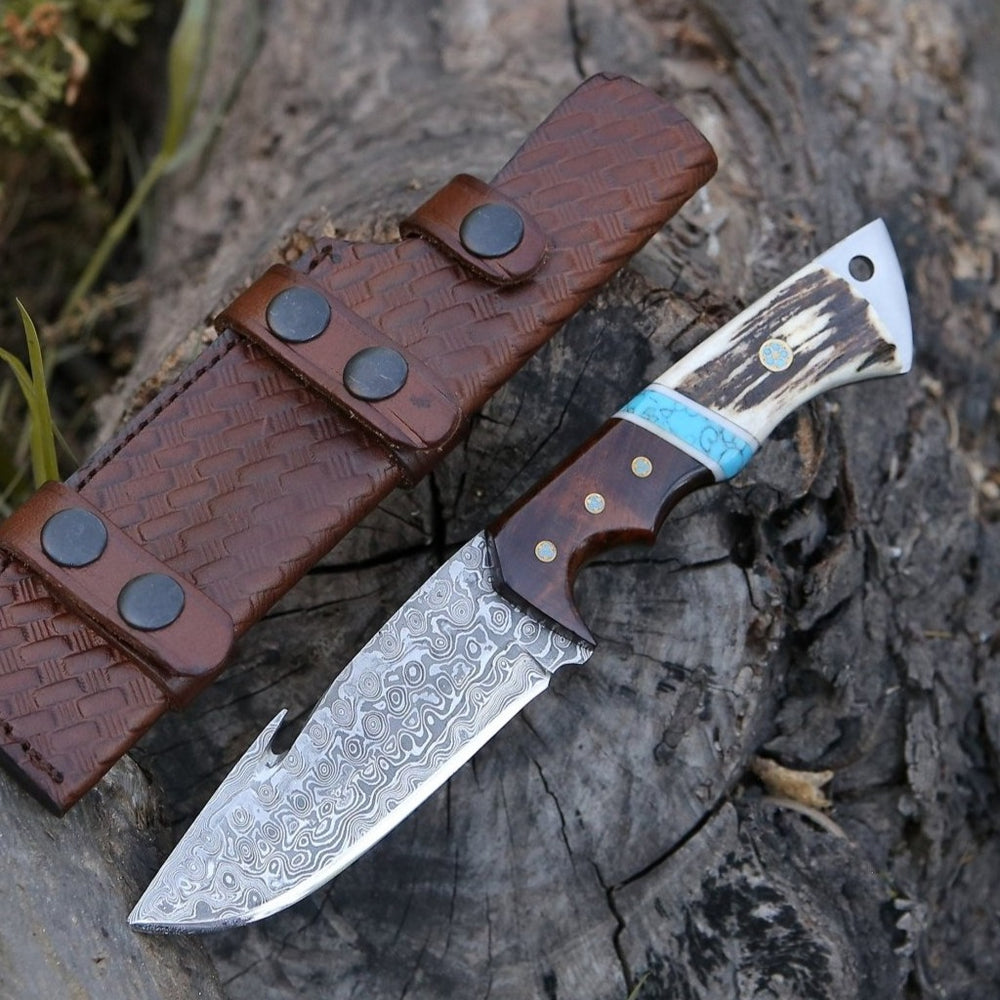
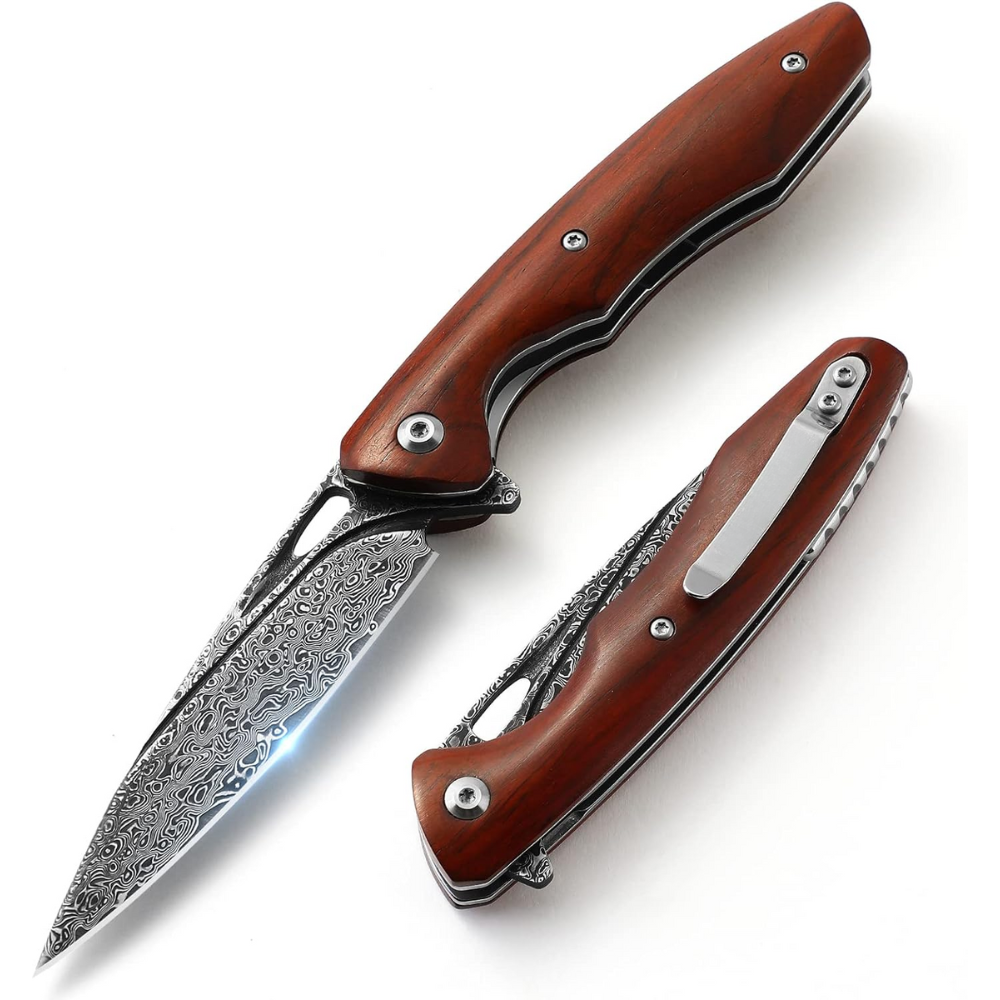
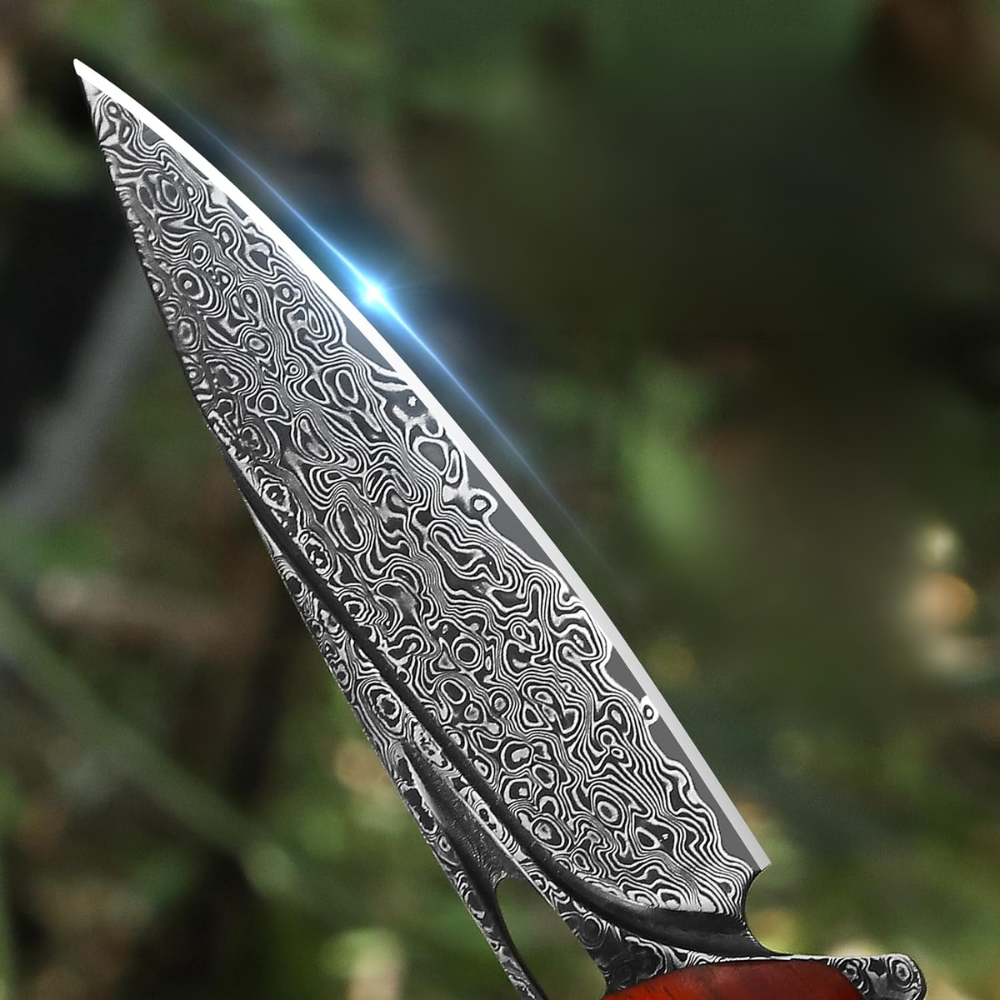
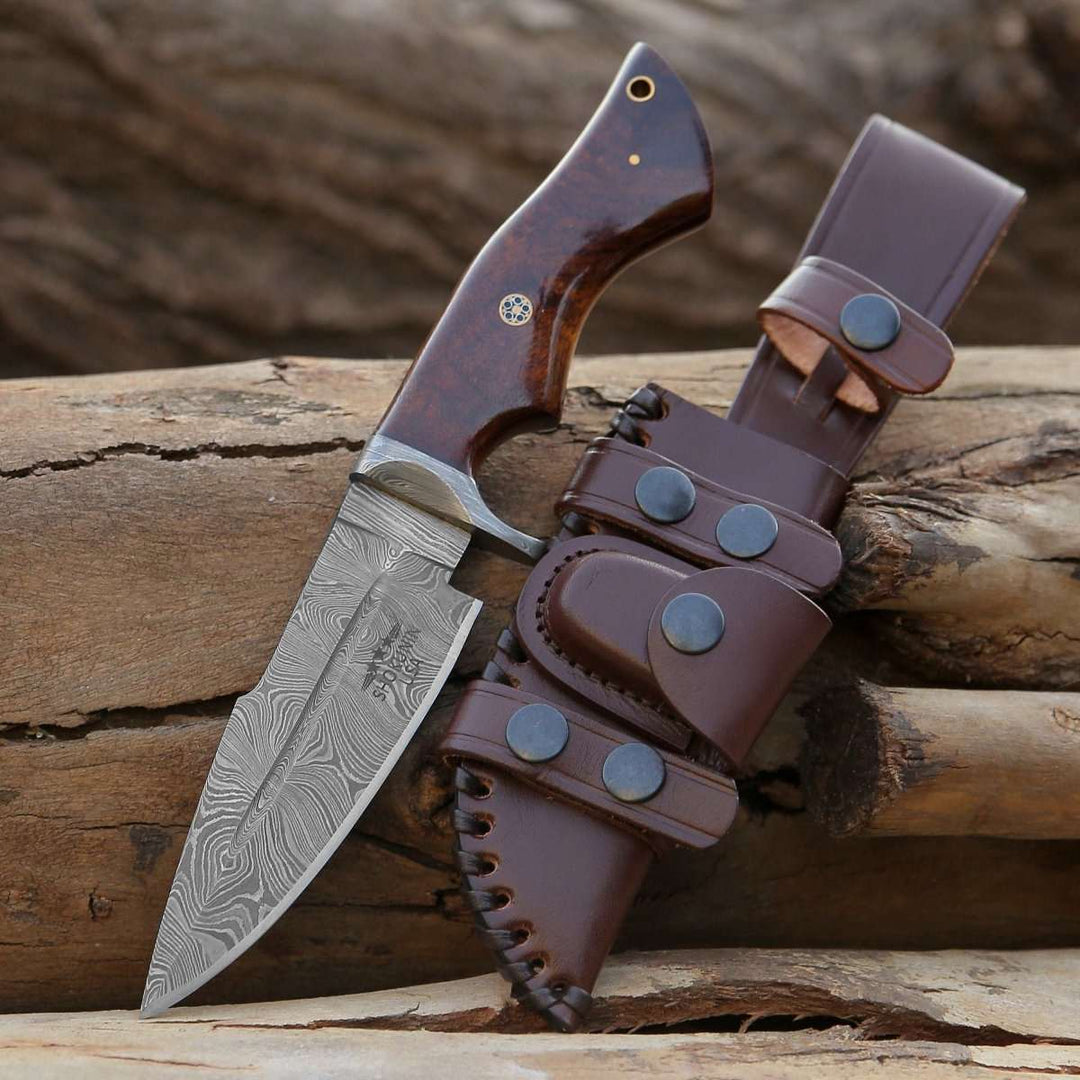
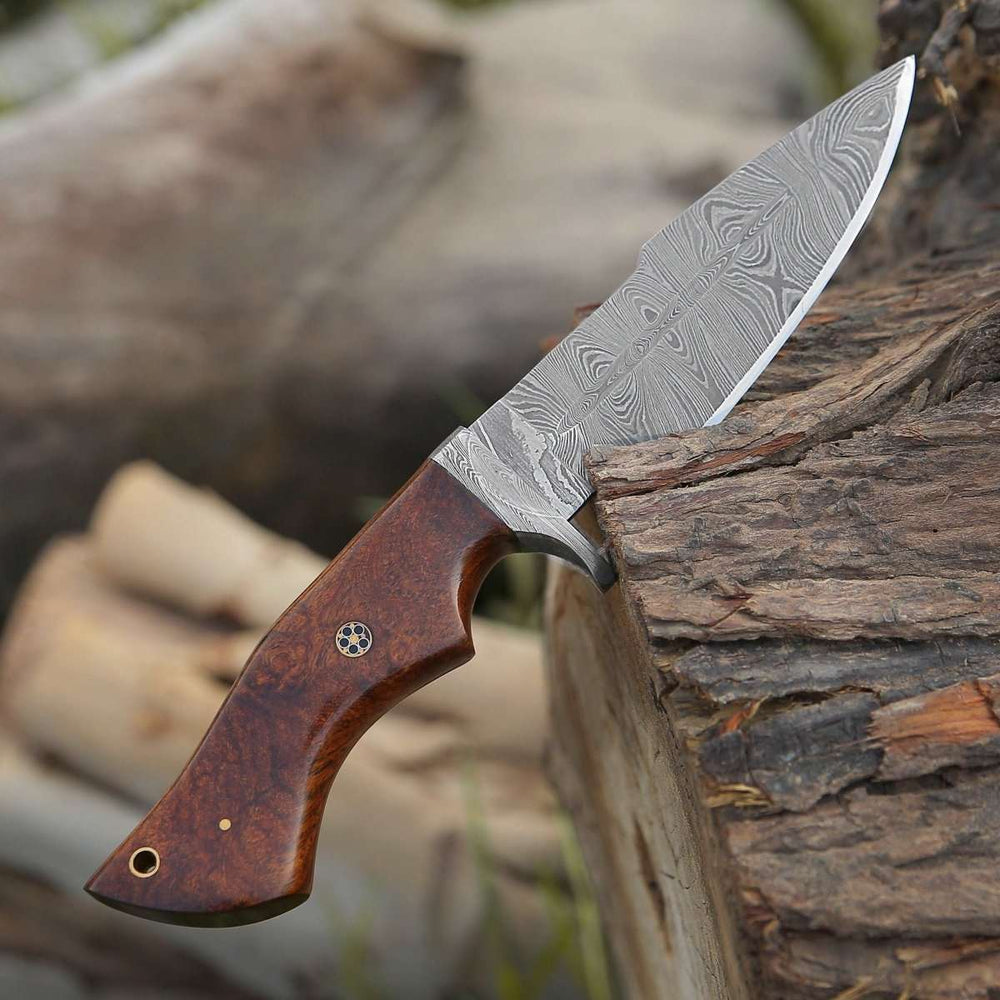
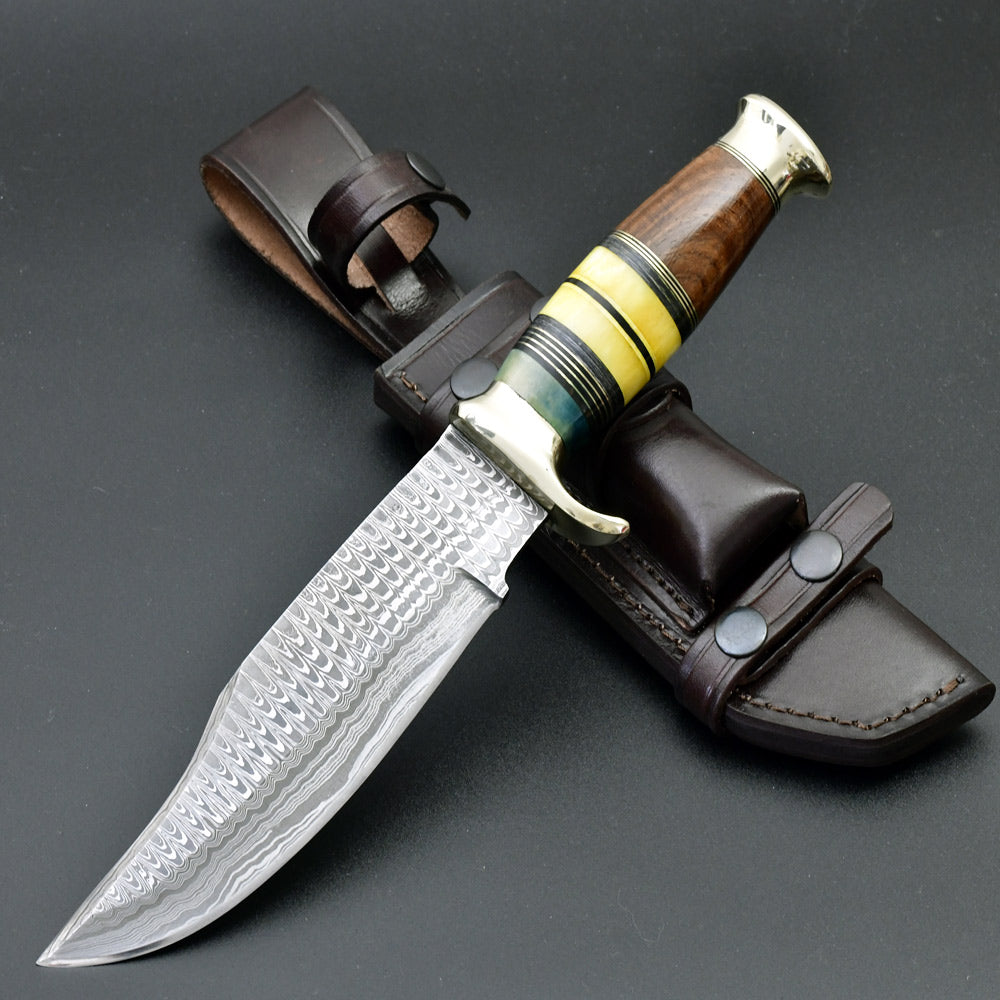
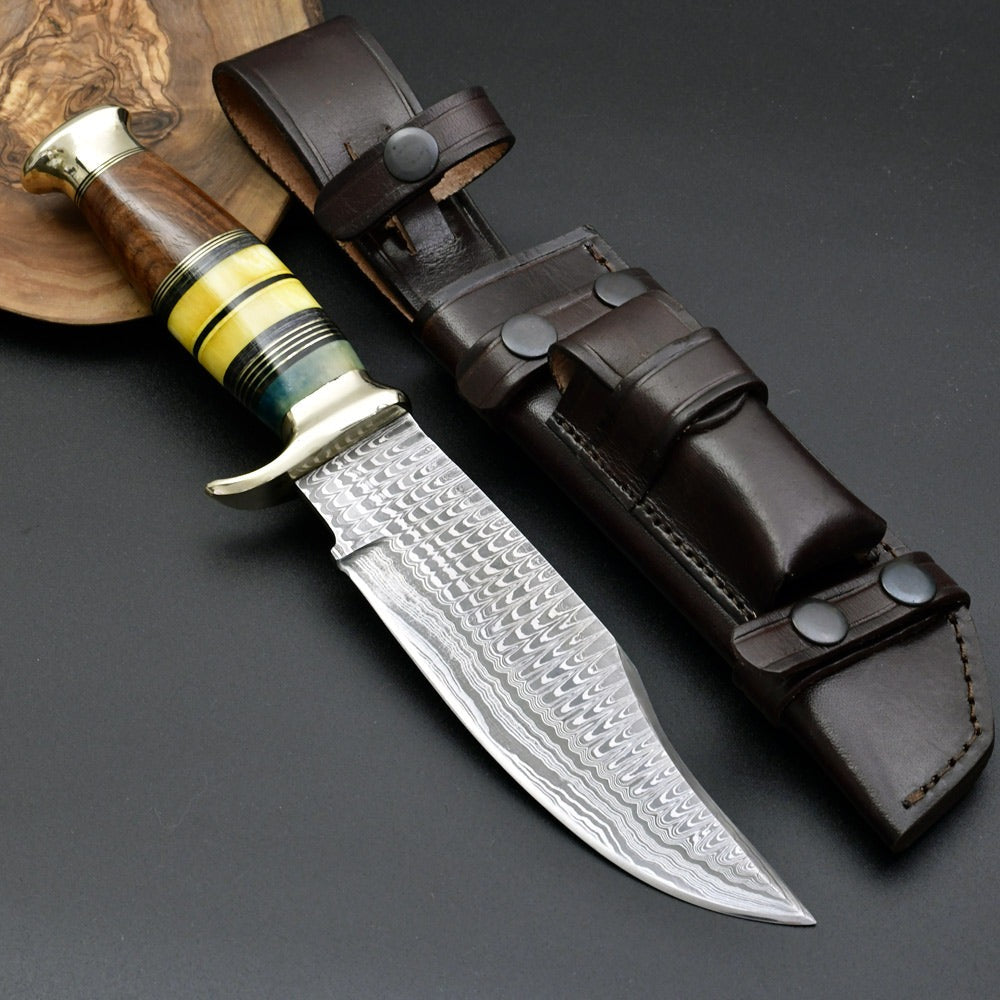
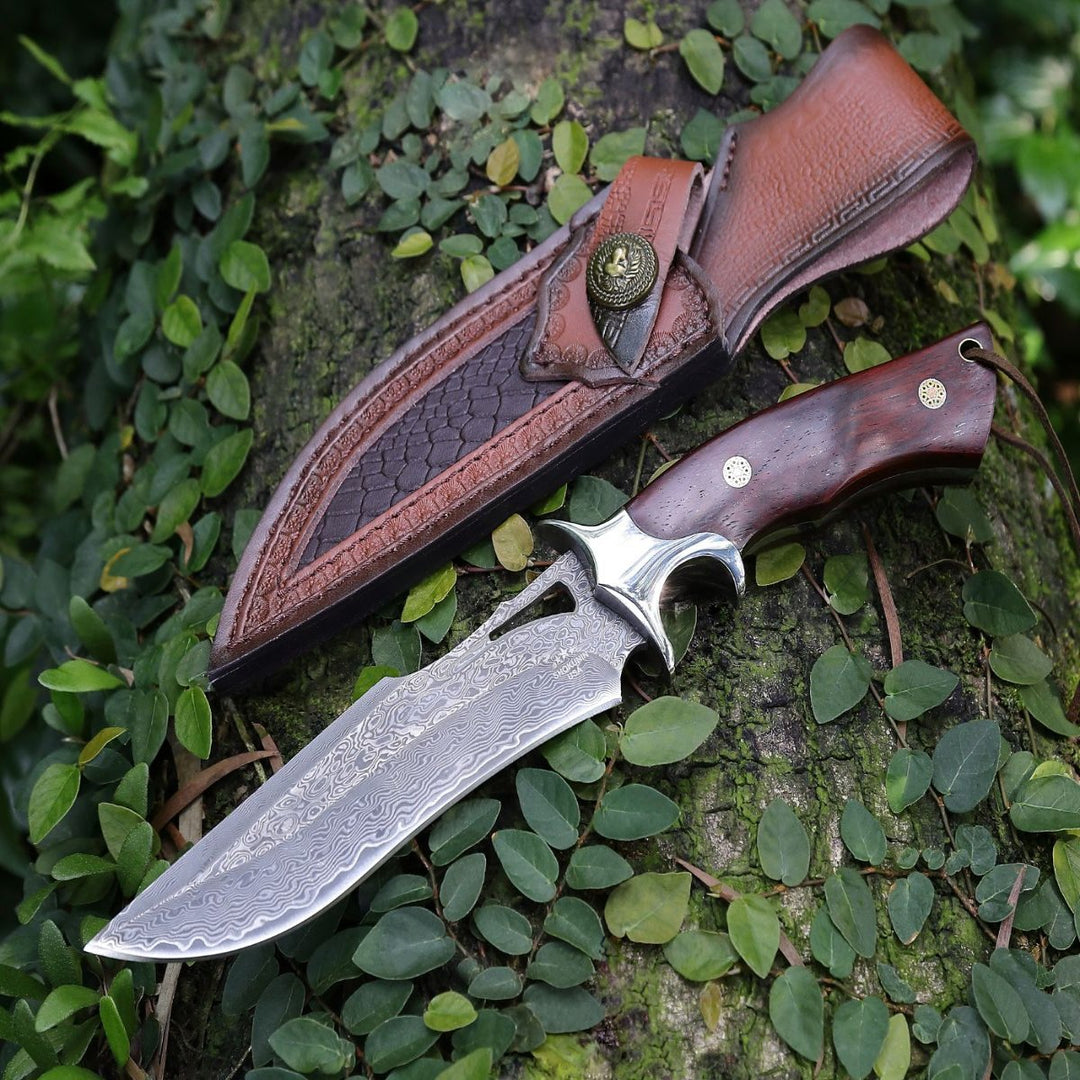
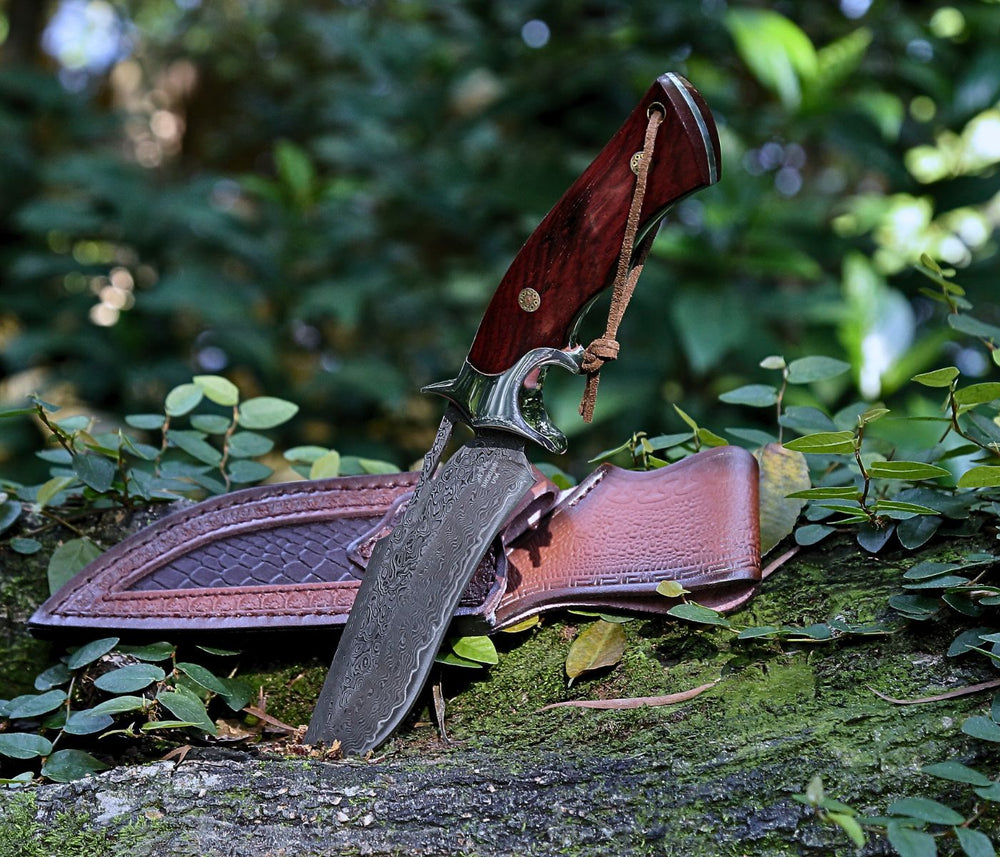
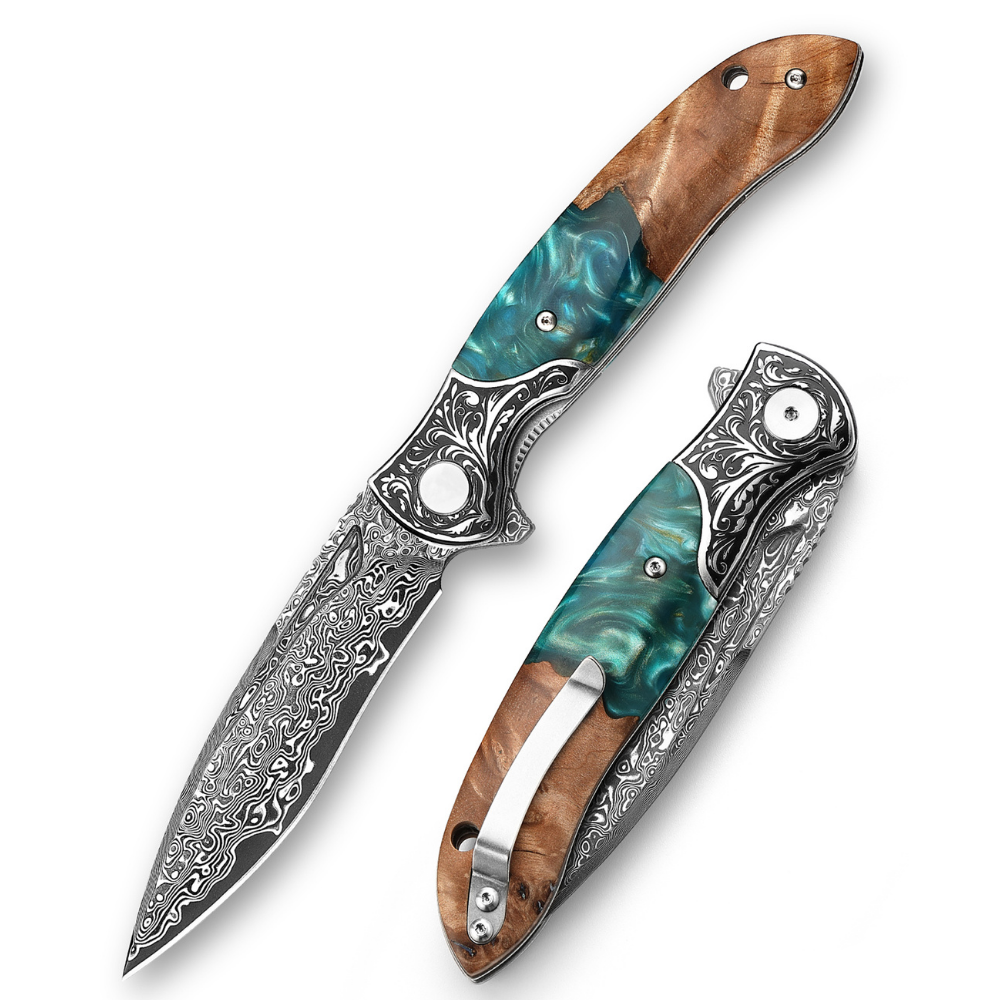
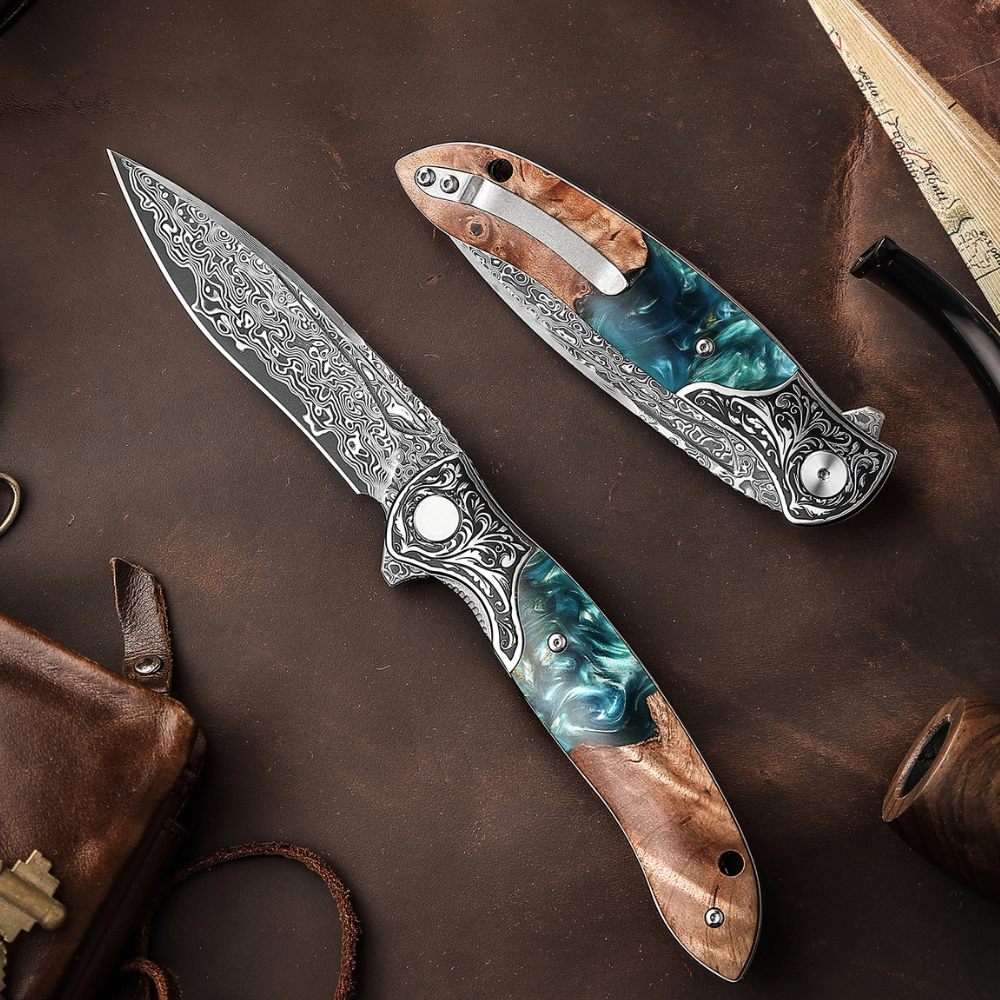
Leave a comment